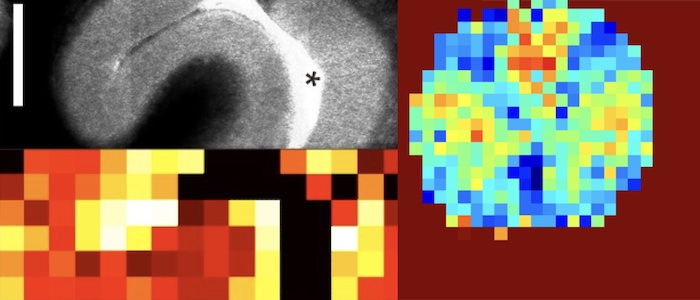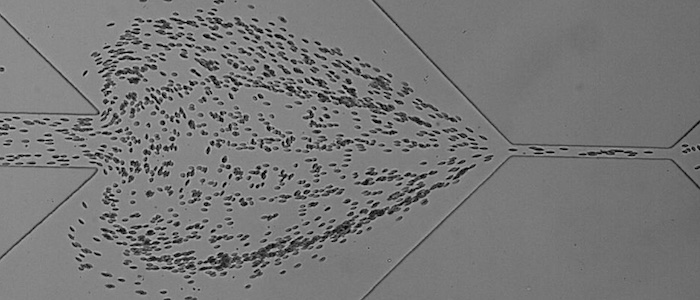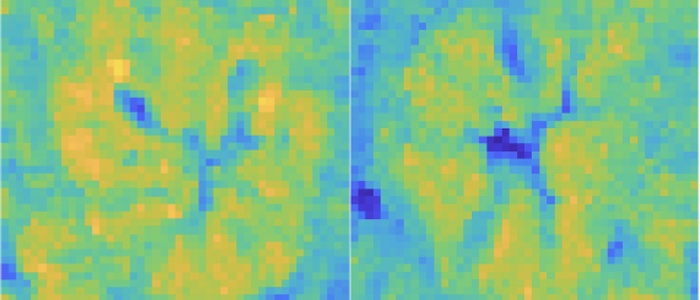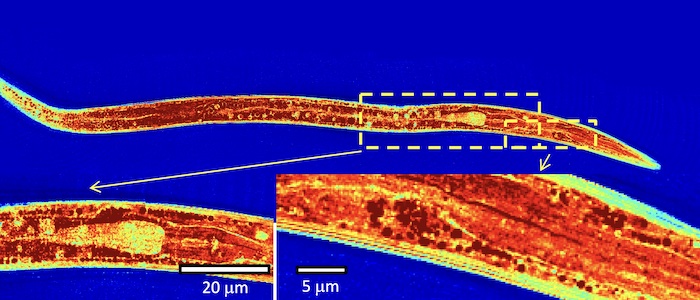P11 - Biophysical methods to quantify mechanics, shapes and forces
Z project - Biophysical methods
The central objective of the SPP Physics of Parasitism is the establishment of a new field of enquiry — physical parasitology — which seeks to provide a systematic, quantitative and comparative analysis of the physical foundations of the epic struggle between parasites and their hosts. PoP considers parasites as physical entities, and aspires to understand what the relevant physics is that governs, enables or limits, the behaviour of parasites within their hosts. The premise is that this approach will provide novel and useful insight into processes that could ultimately be used to control the pathogenic aspects of parasite infection. Such conceptual advances in biology and medicine have always driven by access to advanced physical technology. Thus, it is an essential prerequisite for the success of this endeavour to have access to appropriate biophysical methods to quantify the relevant physical parameters such as shapes, mechanics and forces. The present Z-project provides an enabling toolset of advanced biophysical methods for the other experimental projects within this SPP.
Available are (1) atomic force microscopy-enabled nanoindentation for mechanical characterization of cells, structures and tissues, (2) real-time deformability cytometry for high-throughput quantification of cell shape and deformability, (3) Brillouin microscopy for the 3D mapping of viscoelastic properties inside biological samples, (4) optical diffraction tomography for the 3D characterization of mass density distributions inside cells and small organisms, and (5) hydrogel beads with well-defined mechanical properties (elastic modulus 0.5 – 15 kPa) and size (diameter 8 – 25 µm) as cell-scale stress sensors. Interested project partners within the SPP will be educated about these techniques and the relevant physics background and concepts.
Experiments will be conducted jointly, or independently after appropriate instruction, in our labs in Erlangen. The existing methods and approaches will be refined for the specific experimental questions at hand, and novel methods development will be initiated as necessary. As many of the colleagues applying for funding within this SPP come from more traditional areas of parasitology, and have no prior exposure, or access, to biophysical tools, this Z-project is a crucial component for the success of this SPP. Together we will provide in many cases the first, even most basic, yet essential quantification of mechanical properties, shapes and forces with a potential transformative impact on the field of parasitology.
Z Projekt - Biophysische Methoden

Das zentrale Ziel des SPP Physics of Parasitism ist die Schaffung eines neuen Forschungsfeldes — der physikalischen Parasitologie — das die systematische, quantitative und vergleichende Analyse der physikalischen Grundlagen des ewigen Kampfes zwischen Parasiten und ihren Wirte zum Ziel hat. PoP betrachtet Parasiten als physikalische Einheiten und versucht zu verstehen, welche relevante Physik das Verhalten von Parasiten in ihrer Wirtsumgebung bestimmt, ermöglicht oder limitiert. Die Hoffnung ist, dass dieser Ansatz neue und nützliche Einblicke in Prozesse bietet, die letztendlich zur Kontrolle der pathogenen Aspekte einer Parasiteninfektion verwendet werden können. Solche konzeptionellen Fortschritte in Biologie und Medizin waren bisher immer auf die Verfügbarkeit von speziellen physikalischen Technologien zurückzuführen. Daher ist der Zugang zu geeigneten biophysikalischen Methoden eine wesentliche Voraussetzung für den Erfolg dieses Vorhabens, mit denen die relevanten physikalischen Parameter wie mechanische Eigenschaften, Formen und Kräfte quantifiziert werden können.Das vorliegende Z-Projekt stellt ein weltweit einzigartiges Toolset fortschrittlicher biophysikalischer Methoden für die anderen experimentellen Projekte innerhalb dieses SPP zur Verfügung.
Dazu gehören (1) Rasterkraftmikroskopie-Nanoindentation zur mechanischen Charakterisierung von Zellen, Strukturen und Geweben, (2) Echtzeit-Verformbarkeitszytometrie zur Hochdurchsatzquantifizierung von Zellform und -verformbarkeit, (3) Brillouin-Mikroskopie zur 3D-Kartierung der viskoelastischen Eigenschaften in biologischen Proben, (4) optische Beugungstomographie zur 3D-Charakterisierung von Massendichteverteilungen in Zellen und kleinen Organismen und (5) Hydrogelkügelchen mit genau definierten mechanischen Eigenschaften (Elastizitätsmodul 0,5 – 15 kPa) und Größe (Durchmesser 8 – 25 µm) als Spannungssensoren auf Zellskala.
Interessierte Projektpartner werden in einem SPP-weiten Kurs sowie individuellen Meetings in diese Techniken und deren relevante physikalische Hintergründe und Konzepte eingeführt. Die eigentlichen Experimente werden entweder gemeinsam, oder nach entsprechender Anweisung selbständig, in unseren Laboren in Erlangen durchgeführt. Die vorhandenen Methoden und Ansätze werden für die spezifischen experimentellen Fragen verfeinert und bei Bedarf die Entwicklung neuartiger Methoden eingeleitet. Da viele der Kollegen innerhalb dieses SPP aus traditionelleren Bereichen der Parasitologie stammen und keinen vorherigen Kontakt mit, oder Zugang zu diesen biophysikalischen Instrumenten haben, ist dieses Z-Projekt eine essentielle Komponente für den Erfolg dieses SPP. Gemeinsam werden wir in vielen Fällen die ersten, manchmal sehr grundlegenden und gleichzeitig wesentlichen Quantifizierungen von mechanischen Eigenschaften, Formen und Kräften vornehmen — mit potenziell transformativen Auswirkungen auf die weitere Entwicklung der Parasitologie.










